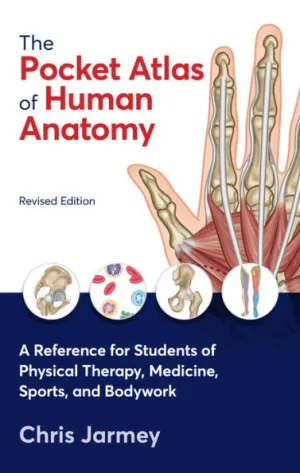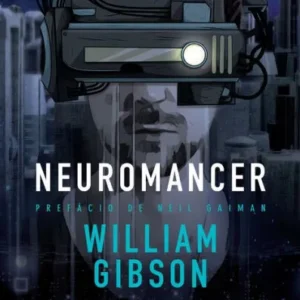Currently Empty: $0.00
The Pocket Atlas of Human Anatomy, Revised Edition: A Reference for Students of Physical Therapy, Medicine, Sports, and Bodywork
$16.95
Product Details
| ISBN-13: | 9781623177348 |
|---|---|
| Publisher: | North Atlantic Books |
| Publication date: | 03/01/2022 |
| Pages: | 272 |
| Sales rank: | 138,151 |
| Product dimensions: | 4.50(w) x 7.00(h) x 0.50(d) |
Revised and updated: a user-friendly illustrated guide to human anatomy, written for students and practitioners.
This concise, pocket-sized guide is a full-color on-the-go reference for students and practitioners of anatomy, massage, physical therapy, chiropractics, medicine, nursing, and physiotherapy. This second edition is more comprehensive, and now includes the skin, and the cardiovascular system, and more.
Chapters 1 through 7 explain anatomical orientation, tissues, bones, the axial and appendicular skeletons, joints, and skeletal muscles and fascia. Subsequent chapters detail the four major muscle groups with composite illustrations of each region’s deep and superficial muscles in both anterior and posterior views. Color tables show each muscle’s origin, insertion, innervation, and action.
A final chapter by Thomas W. Myers outlines myofascial meridians, presenting a map of fascial tracks and illustrating how they wind longitudinally through series of muscles. This new approach to structural patterning has far-reaching implications for effective movement training and manual therapy treatment.
Three appendices illustrate cutaneous nerve supply and dermatomes (Appendix 1), the major skeletal muscles (Appendix 2), including detailed charts of the main muscles involved in movement, and the remaining body systems (Appendix 3).
“Impressive artwork throughout—far better than many of the current textbooks.”—Dr. Robert Whitaker, MA MD MChir FRCS FMAA, Anatomist, University of Cambridge, author of Instant Anatomy, Fifth Edition and A Visual Guide to Clinical Anatomy (Wiley-Blackwell)
About the Author
Table of Contents
Foreword 5
A Note About Peripheral Nerve Supply 7
1 Anatomical Terms 9
Positions 9
Regions 12
Planes 13
Movements 14
2 Tissues 19
Connective Tissue 19
Muscle Tissue 23
3 Bones 25
Bone Development and Growth 25
Cartilage 26
Functions of Bones 29
Types of Bone-According to Density 30
Types of Bone-According to Shape 32
Components of a Long Bone 34
Bone Markings 37
4 The Axial Skeleton 41
The Skull, Comprising the Cranium and the Facial Bones 41
The Vertebral Column (Spine) 44
The Bony Thorax 49
5 The Appendicular Skeleton 51
The Pectoral Girdle 51
The Upper Limb 52
The Pelvic Girdle (Os Innominatum) 57
The Lower Limb 59
General Skeletal Interrelationships 64
Bony Landmarks Seen or Felt Near the Body Surface 71
6 Joints 75
Part One-Classification of Joints 75
Part Two-Features of Specific Joints 84
Joints of the Head and Vertebral Column 84
Joints of the Ribs and Sternum 89
Joints of the Shoulder Girdle and Upper Limb 92
Joints of the Pelvic Girdle and Lower Limb 106
7 The Musculoskeletal System 123
Structure and Function of Skeletal Muscle 123
Musculoskeletal Mechanics 143
References 159
8 Fascia and the Anatomy Trains Myofascial Meridians 161
Practical Holism 161
The Single Muscle Theory 163
Whole Body Communicating Networks 165
The Connective Tissue System 167
Tensegrity 168
The Anatomy Trains 170
References 178
Appendix 1 Dermatomes and Sensory Nerve Supply 179
Appendix 2 Muscles Involved in Movement 183
Appendix 3 Organisation of the Human Body 225
| Weight | 1.2 kg |
|---|---|
| Dimensions | 25 × 125 × 75 cm |







There are no reviews yet.